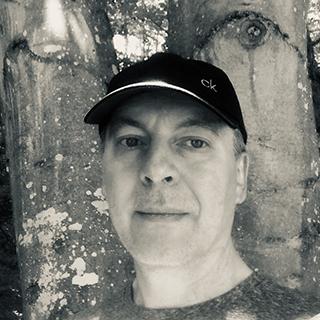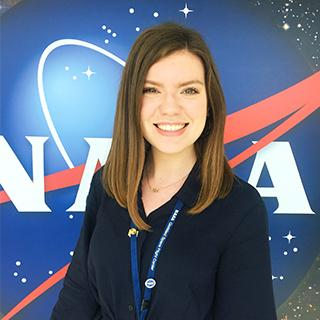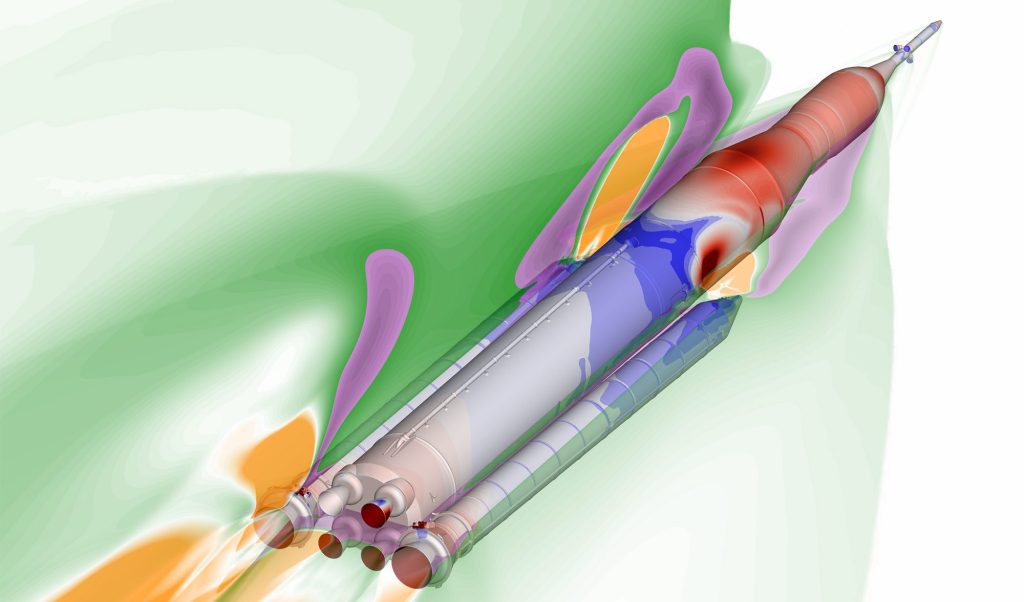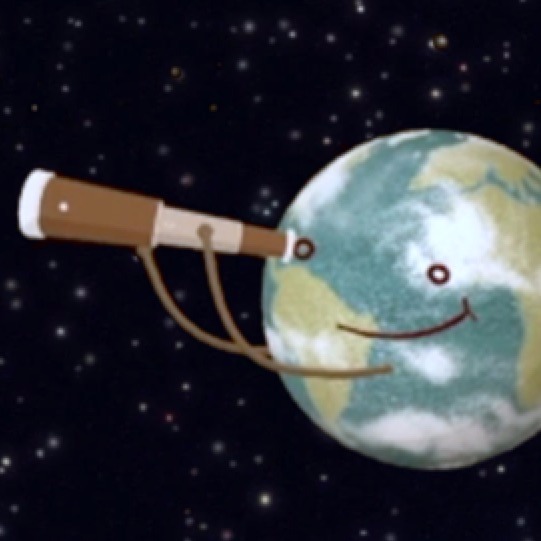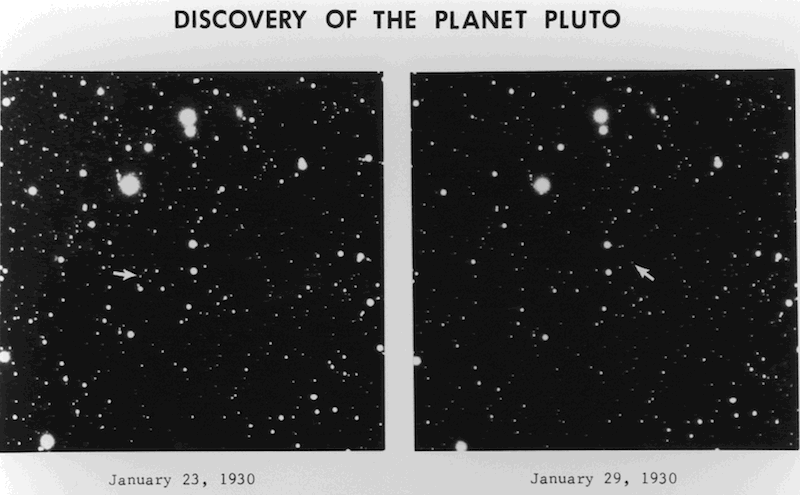Backyard Worlds: Planet 9
Some astronomers think there may be a large planet at the fringes of our solar system - a world they call Planet Nine.
Join the hunt for new planets and planet-like objects called "brown dwarfs" near the Sun! This long-running project has discovered more than 3800 new brown dwarfs and published dozens of scientific papers.
project tasks
Examining images
division
Astrophysics
where
Online
launched
2017
What you'll do
- Examine images of the sky taken by NASA's WISE mission, and search them for moving objects.
- Report your findings by clicking on them or---for a faster response—use the Think-You've-Got-One form (read about how that works here).
- Connect with other scientists and volunteers.
- More than 40 volunteers have become co-authors of published scientific papers through this project!
Requirements
- Time to get started: ~15 Minutes to complete online training.
- Equipment: Internet connected mobile device or computer
- Knowledge: None. In-project tutorial provided.
Get started!
- Visit the project website.
- Click “Get Started” and complete the Tutorial to learn the basics.
- Find Worlds: Examine “flipbooks” of images to distinguish real moving objects in space from ghosts and other artifacts.
Learn More
Join the Zooniverse Talk to learn from peers and scientists.
Get to know the Backyard Worlds: Planet 9 Team and some of the people who have contributed.
Get to know the people of Backyard Worlds: Planet 9!





